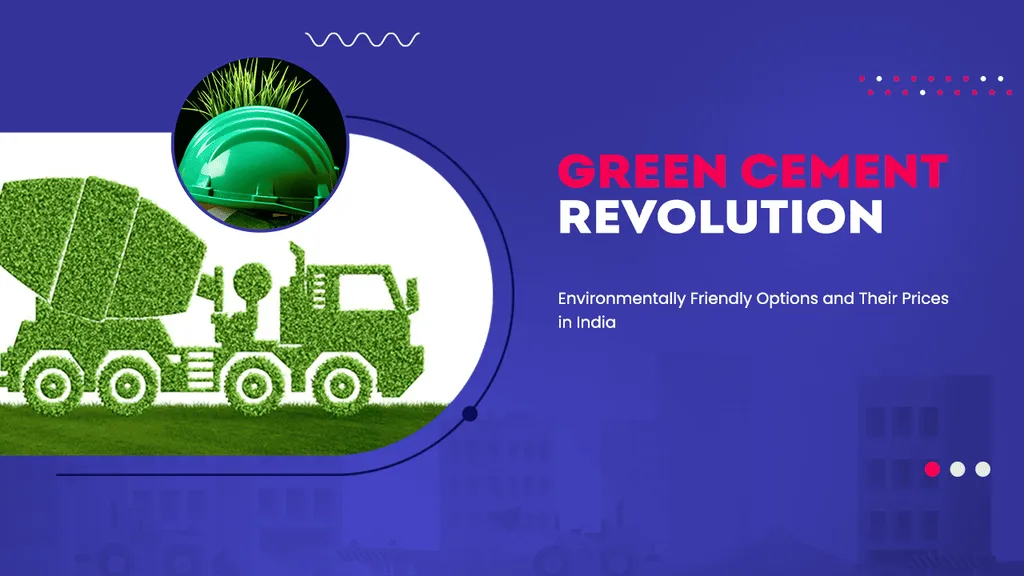In the heart of India’s bustling construction sector, a quiet revolution is brewing, one that could reshape the future of building materials and significantly dent the energy sector’s carbon footprint. Amit Kumar, a leading researcher at TPC Technical Projects Consultants Pvt Ltd. in Noida, has been delving into the evolution of cementitious binders, and his findings, published in the journal ‘Buildings’ (which translates to ‘Здания’ in English), offer a compelling roadmap for sustainable construction.
Cementitious binders, the glue that holds our buildings together, have come a long way from their ancient origins. “From the lime mortars of Neolithic structures to the ubiquitous Portland cement of the 19th century, these binders have been the backbone of construction,” Kumar explains. However, this widespread use has come at a cost. The production of these materials is a significant contributor to global carbon dioxide emissions and energy consumption.
The environmental impact of traditional cement production is a pressing concern, particularly for the energy sector, which is increasingly under pressure to reduce its carbon footprint. Kumar’s research highlights how supplementary cementitious materials (SCMs) like fly ash, slag, and silica fume have been adopted to mitigate these impacts. These materials reduce clinker consumption, a key factor in cement production’s environmental footprint.
But the story doesn’t end there. Kumar’s research also shines a light on emerging low-carbon alternatives, particularly alkali-activated binders (AABs). These innovative materials not only promise to reduce emissions but also offer enhanced durability and performance. “AABs demonstrate considerable potential to reduce emissions while offering improved properties,” Kumar notes. This could be a game-changer for the construction industry, offering a pathway towards more sustainable practices.
The implications for the energy sector are significant. As the demand for sustainable construction materials grows, so too does the potential for innovation in low-carbon technologies. This could open up new markets and opportunities for energy companies investing in green technologies.
Kumar’s research, based on a comprehensive survey of peer-reviewed literature, conference proceedings, and technical reports up to 2025, provides a valuable resource for industry professionals and policymakers alike. It offers a clear, evidence-based overview of the historical evolution of cementitious binders, their environmental impacts, and the emerging alternatives that could shape the future of construction.
As the world grapples with the challenges of climate change, research like Kumar’s offers a beacon of hope. It underscores the importance of innovation and sustainability in the construction industry, and the potential for low-carbon technologies to transform the energy sector. The future of construction is not just about building structures; it’s about building a sustainable future. And with researchers like Amit Kumar leading the way, that future is looking increasingly bright.

